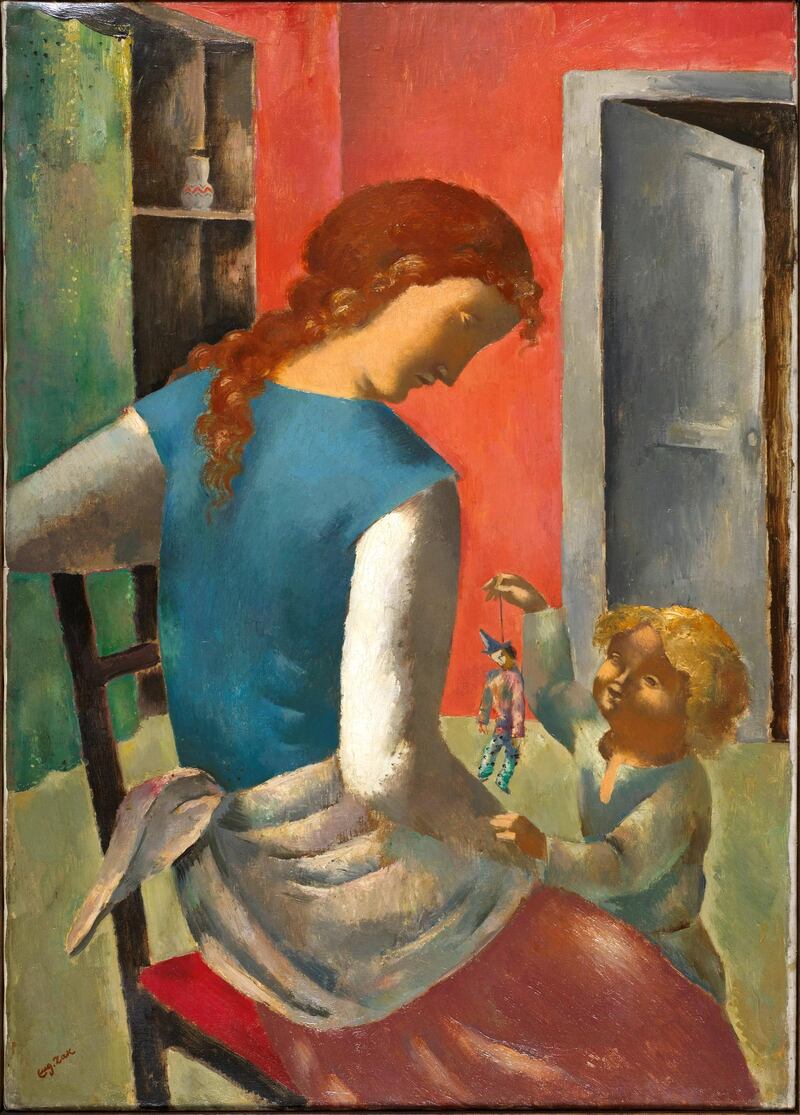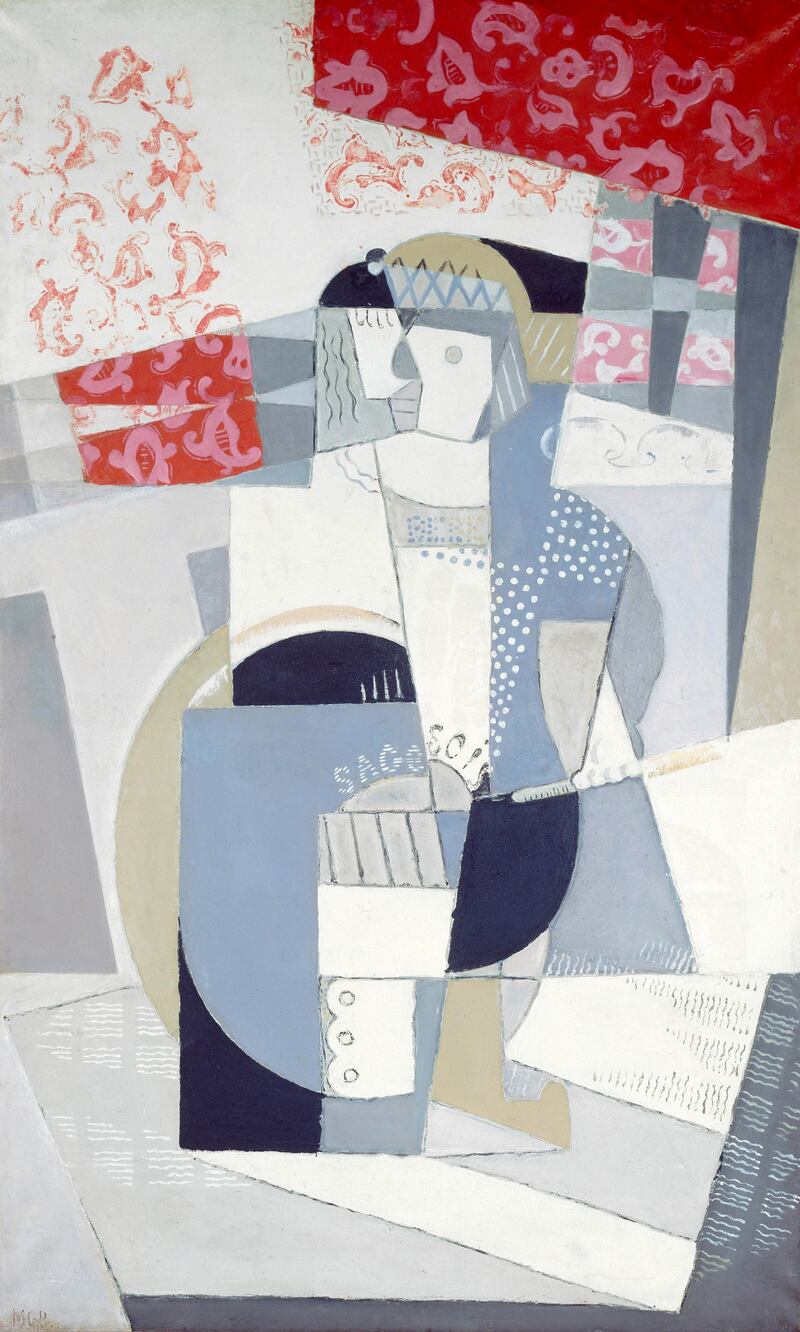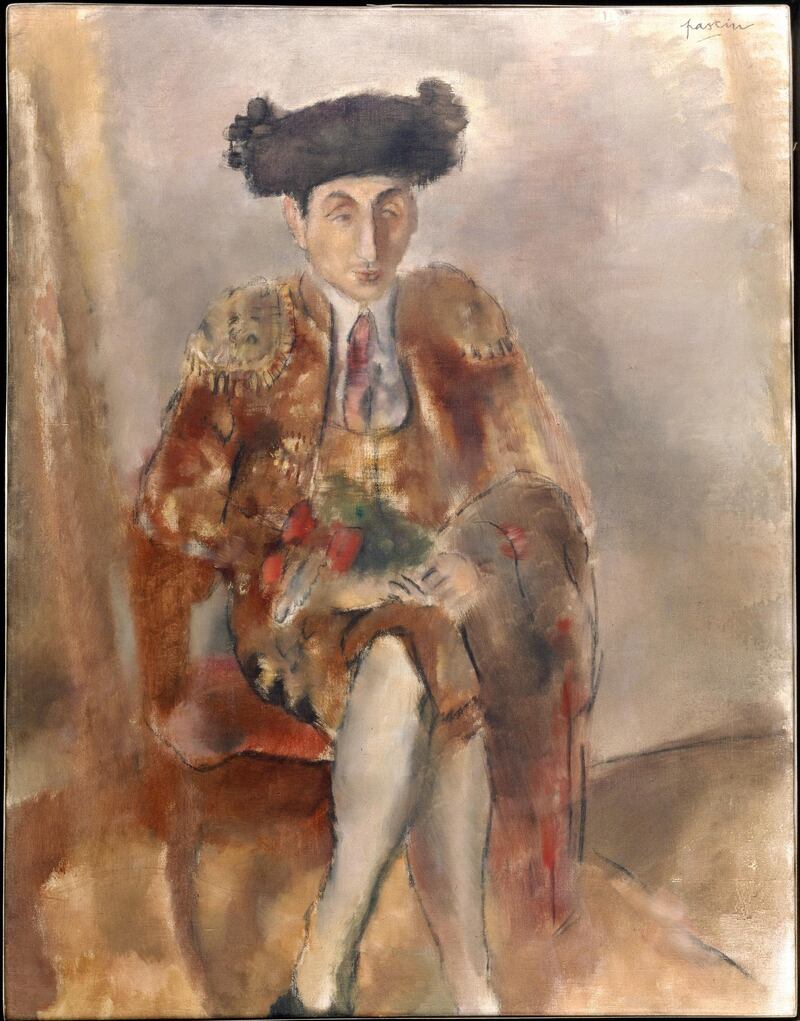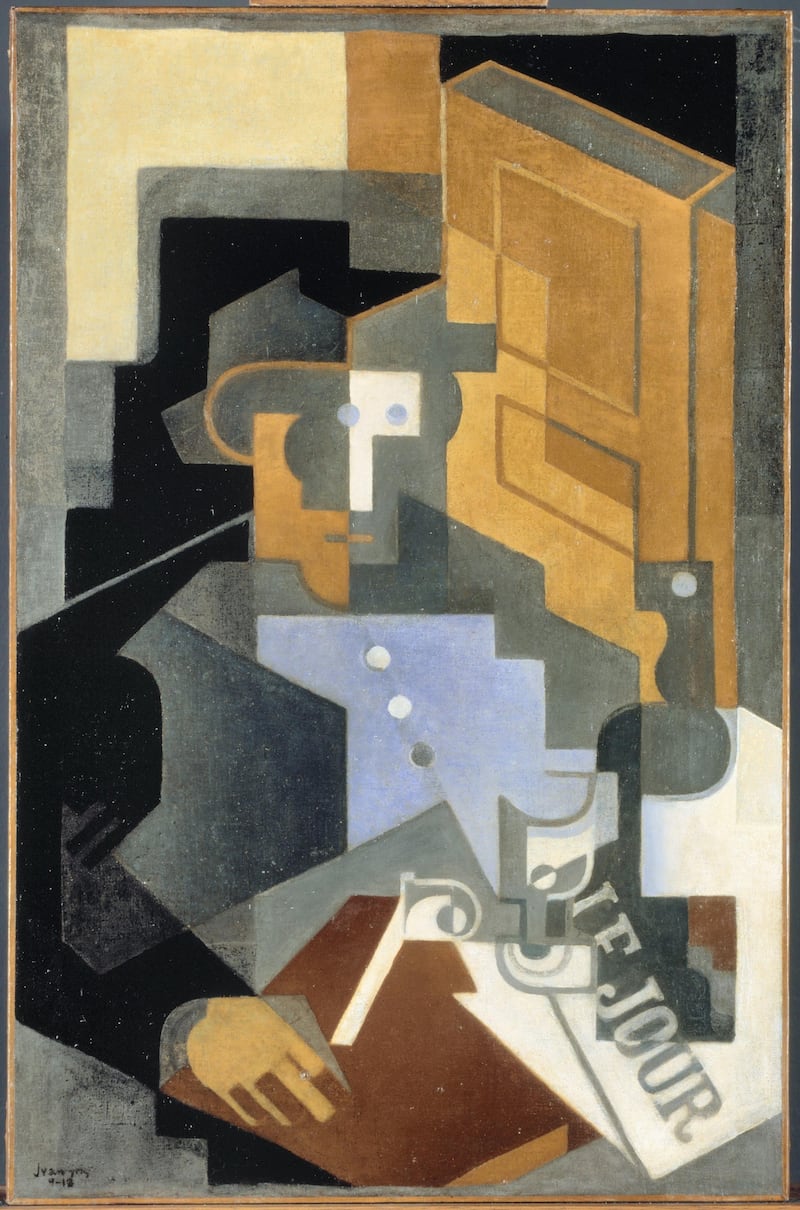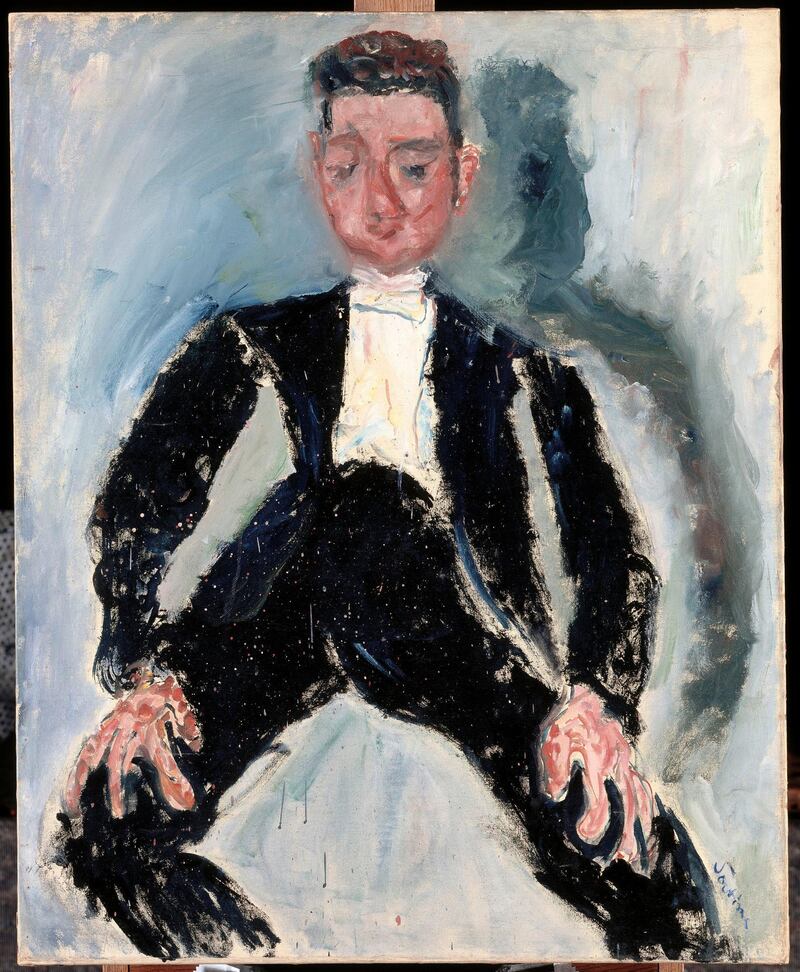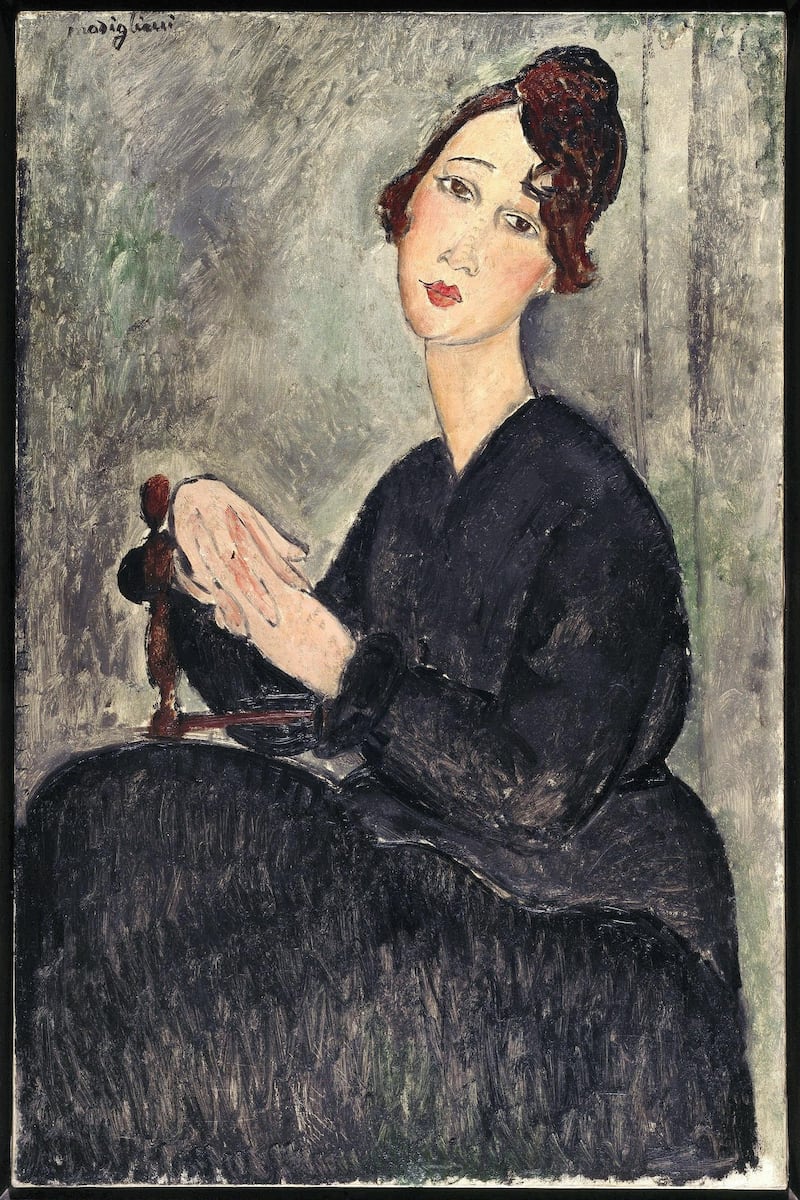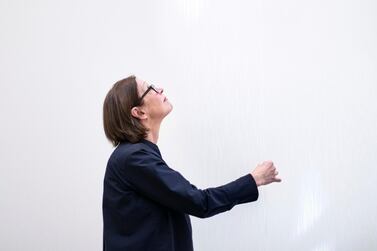For a moment in time, Paris was the art capital of the western world. In the early 20th century, painters, sculptors and photographers – mostly from Europe, though some from the Americas and Asia – flocked to the city to create turning it into the birthplace of modern art's biggest movements.
This period in history is the focus of Louvre Abu Dhabi's first international exhibition of the new season entitled Rendezvous in Paris: Picasso, Chagall, Modigliani & Co., which features 85 works on loan from Centre Pompidou.
Looking at the period between 1900 and 1939, the show traces the development of avant-garde styles such as fauvism, cubism, orphism, photographic modernism and elements of surrealism in the city of Paris. It also highlights the fact that most of these innovations were generated by migrant artists who were drawn to the city for various reasons.
"The artists' desire to travel to the French capital was sparked by the international aura of the city and its art scene at the time, enhanced by the success of the World's Fair of 1900," said Christian Briend, one of the show's curators, who is also chief curator and head of Modern Collections at the Musee National d'Art Moderne (MNAM).
Anna Hiddleston-Galloni, assistant curator of Modern Collections at MNAM, added that the success of impressionism and the existence of art academies that were accessible and easy to enroll in also brought in artists from abroad.
Paris is the place where Pablo Picasso made his masterpieces, and the show opens with the Spanish artist's first painting in the city – a portrait of art critic Gustave Coquiot from 1903. Within three years of moving to the city in 1904, Picasso's style would change radically as he developed cubism with Georges Braque. Visitors can see the marked shift in style from the Coquiot portrait to his 1910 Woman Seated in An Armchair, where all resemblance to the subject is replaced by angular, geometric forms that look sculpture-like.
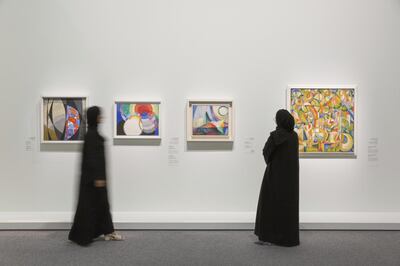
The show's opening section also focuses on the fauves, followers of a style that favoured colour and the abstract over the representational. There is Frantisek Kupka's Disks of Newton, Study for Figure in Two Colours, showing vibrant overlapping shapes that harmonise in colour as musical notes would in an orchestra.
Rendezvous in Paris is organised chronologically and thematically. The next section focuses on ‘Foreign Cubists’, which places Picasso next to lesser-known, but equally innovative artists such as Juan Gris and Maria Blanchard.
Exhibition highlights: La Ruche and portraiture
One of the exhibition’s highlights is the section on La Ruche, or The Hive, a cluster of artist residences and studios in Montparnasse. The building was originally made as a temporary structure for the 1900 Paris Exposition, but was then dismantled and set-up in the South of Paris, where Marc Chagall, Amadeo Modigliani, Chaim Soutine, Constantin Brancusi and Moise Kisling – all included in the show – lived and produced work.
Chagall's To Russia, Donkeys and Others is an important piece from that period in the artist's life because it captures his style – folkloric visions of village life, often inspired by his Russian hometown Vitebsk, rendered in strong colours. The painting trumps logic as figures, a woman with a detached head and cows on a roof, float across the canvas against a dramatic background.
Then there's Soutine. Few artists could paint meat as gracefully as he did, with his flurry of loose brushwork that went on to influence the likes of Willem de Kooning and Jackson Pollock. Though there is only one of his carcass-themed paintings in the exhibition, The Hung Chicken, it is still a beautiful piece that exemplifies his style. Splayed on a dark surface, the chicken has been abstracted, so that it looks more like a mass of reds and yellows with loose strokes for feathers.
Another standout from Rendezvous is its section on portraiture, featuring artists from the 'School of Paris', a term coined in 1925 to refer to migrant artists who had settled in the city. There are various works by Modigliani, including his sculptures. In these works, visitors can see how the Italian artist approached his subjects. Sometimes he would paint them with clarity, as he does in the Portrait of Dédie (Odette Hayden), and at times he would render them unrecognizable. Instead, he would paint them with stylized features – elongated faces and downcast eyes – so that the subjects become more artistic interpretations rather than individuals.
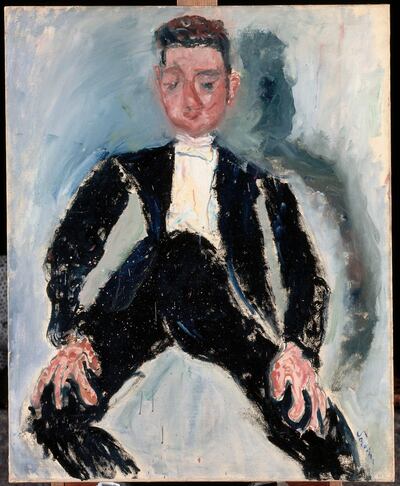
There is also Soutine's The Best Man, a melancholic portrait of a waiter whose proportions are slightly distorted. While there is more detail in his face and expression, his hands and legs look hurried and unfinished, as if he is beginning to disintegrate. Soutine, who lived quite a miserable life in Paris, was drawn to depicting the more invisible populations of the city – immigrants and working class people (cooks, bellboys and maids), portraying them with a tender humility that put the individual at the centre.
The poverty and prejudice the artists couldn't escape
Progressive and poetic as Paris may seem during this period, there was also poverty and prejudice that the artists couldn’t escape. French critic Louis Vauxcelles referred to the Eastern European artists as “Slavs disguised as representatives of French art”. These artists may be closely associated with France now, but their Eastern European, and most often also Jewish, identities influenced their art and how they were perceived.
While art thrived in Paris, many of the artists didn’t. Soutine and Modigliani, for example, both lived hard lives and faced early deaths. The exhibition’s romantic view of the French capital is partly justified, but also slightly constructed. What is fascinating about the show is to see how these artists found their distinct forms of expressions within these creative spheres.
Rendezvous in Paris: Picasso, Chagall, Modigliani & Co runs until December 7 at Louvre Abu Dhabi. For more information, visit louvreabudhabi.ae.
